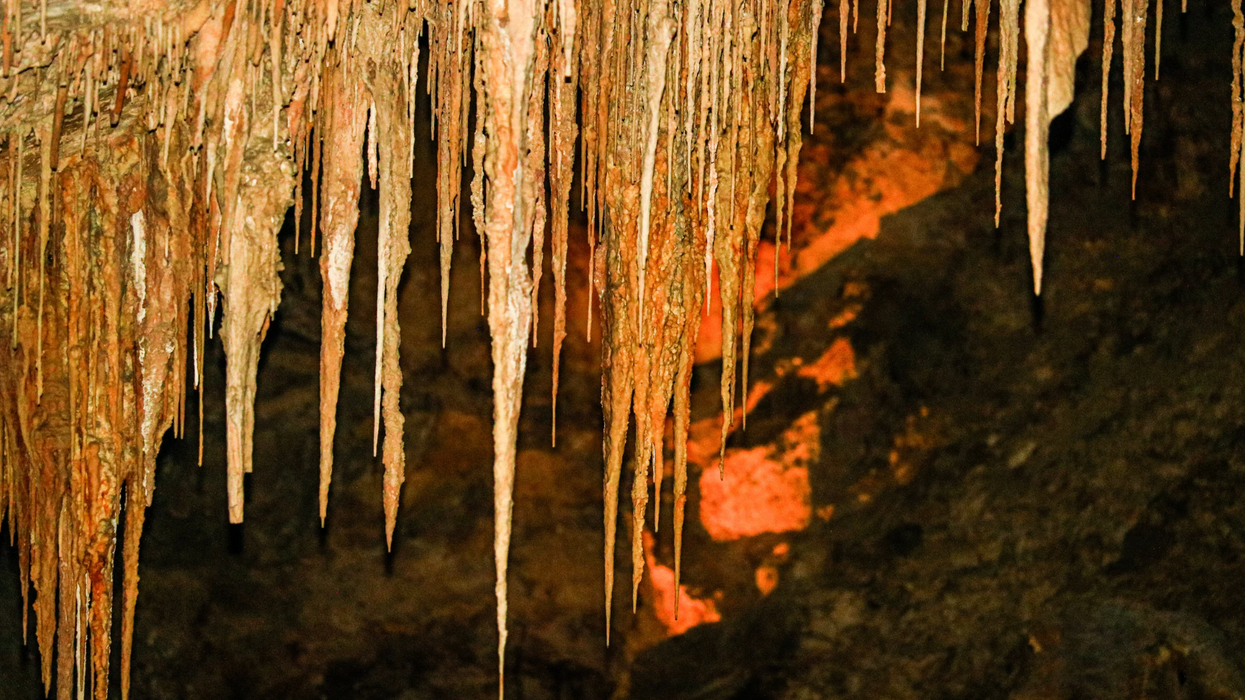That our oceans are full of decades worth of pollution and garbage is an incontrovertible fact of science. The growing build-up of aquatic garbage—particularly plastics—threatens to permanently alter our waterways and wreak unimaginable havoc on the plants and animals that live there. Scientists from multiple disciplines agree our oceans are sorely in need of significant clean-up. What they don’t necessarily agree on is how to go about doing just that.
Enter Boyan Slat, a Dutch entrepreneur and founder of the nonprofit The Ocean Cleanup.
Through his group, Slat, though just 20-years-old, is leading a massive global effort that would, in effect, allow the oceans to clean themselves. Explains Gizmodo:
Every year, 8 million tons of plastic are dumped into the oceans. Slat’s plan is to place enormous floating barriers in rotating tidal locations around the globe (called gyres), and let the plastic waste naturally flow into capture. These barriers aren’t nets—sea life gets tangled in those. They’re big, V-shaped buffers anchored by floating booms.
The Ocean Cleanup Array, as Slat’s team calls it, uses the ocean’s natural undercurrents to push the plastic waste which floats on the water’s surface into a confinement zone where it can be efficiently removed while simultaneously allowing oceanic animals to simply swim underneath, thereby avoiding the harmful effects of netting and other capture technology. Conceptually, it’s a fairly simple idea (the best ones usually are), but in practice, the size and scale of the Ocean Cleanup Array is truly staggering. From The Ocean Cleanup’s webpage (emphasis theirs):
The Ocean Cleanup’s research into the feasibility of its concept indicates that using a single 100 km cleanup array, deployed for 10 years, will passively remove 42% of the great pacific garbage patch. We conservatively estimate this to be 70,320,000 kg. This (conservative estimate) would imply a cleanup cost of € 4,53 per kilo.
If the idea of a 100 kilometer array seems hard to fathom, Slat recently signed an agreement with the government of Tsushima—a Japanese island that lies roughly halfway between that country and Korea—to deploy a 2,000 meter test array in their waters at some point in the second quarter of 2016. While only two percent as large as the full-scale model, the Tsushima array will test the real-world viability of the technology by collecting some of the estimated 30,000 cubic meters of garbage that annually flows through the Tsushima straits.
Slat is also in the process of planning this coming August’s “Mega Expedition,” where he will lead fifty ships, sailing between Hawaii and California, in the first-ever effort to create a high-resolution map of oceanic plastic deposits. In a press release, Slat claims the expedition will “collect more plastic measurements in three weeks than have been collected in the past 40 years combined.”
To truly get a sense of how exciting Slat’s proposals are, though, it’s best to hear him talk about them himself. Here’s Boyan Slat, speaking this past June about oceanic health and his cleanup array.
[via Mic]
















 Otis knew before they did.
Otis knew before they did.